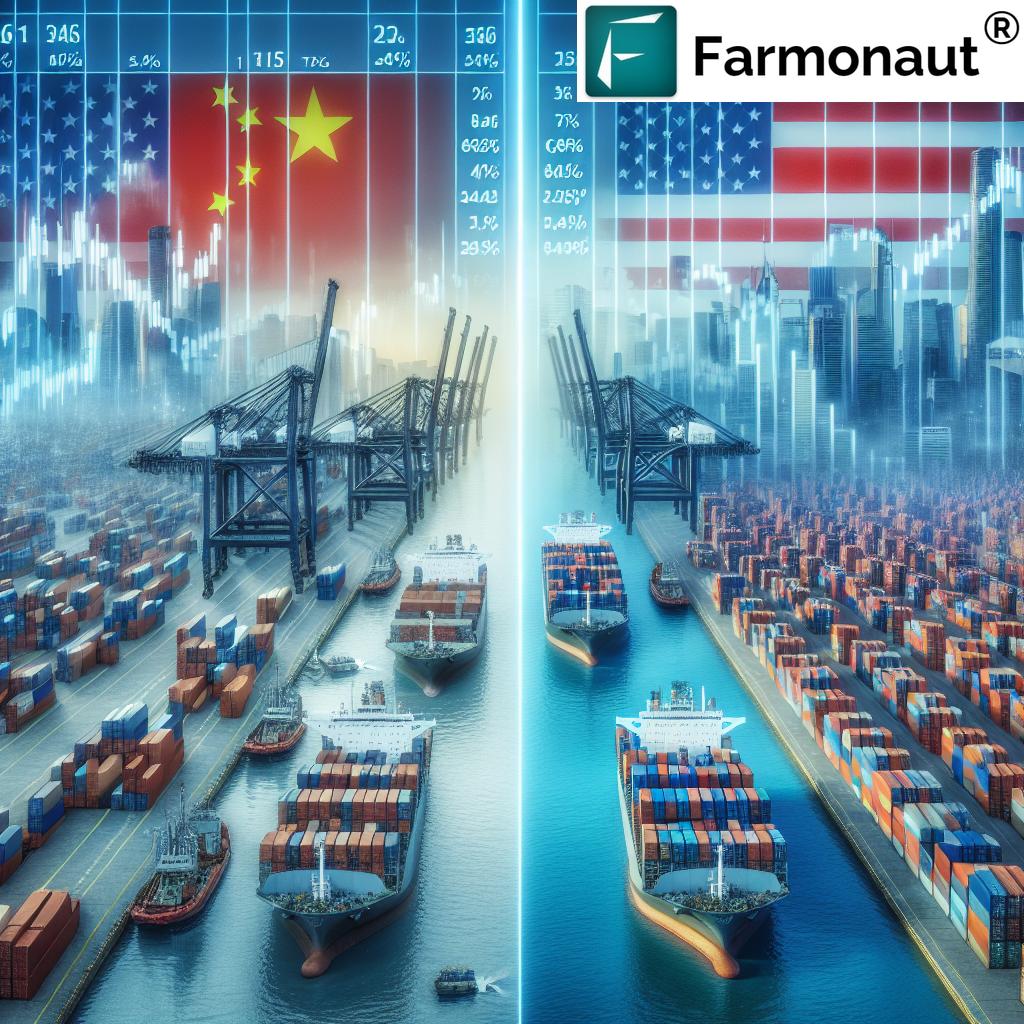Posted inEducation Related
U.S.-China Trade: Trade tensions between the U.S. &China
U.S.-China Trade has increased significantly in recent decades and is vital to both nations. The United States is China's top export destination, while China is currently one of the biggest…
